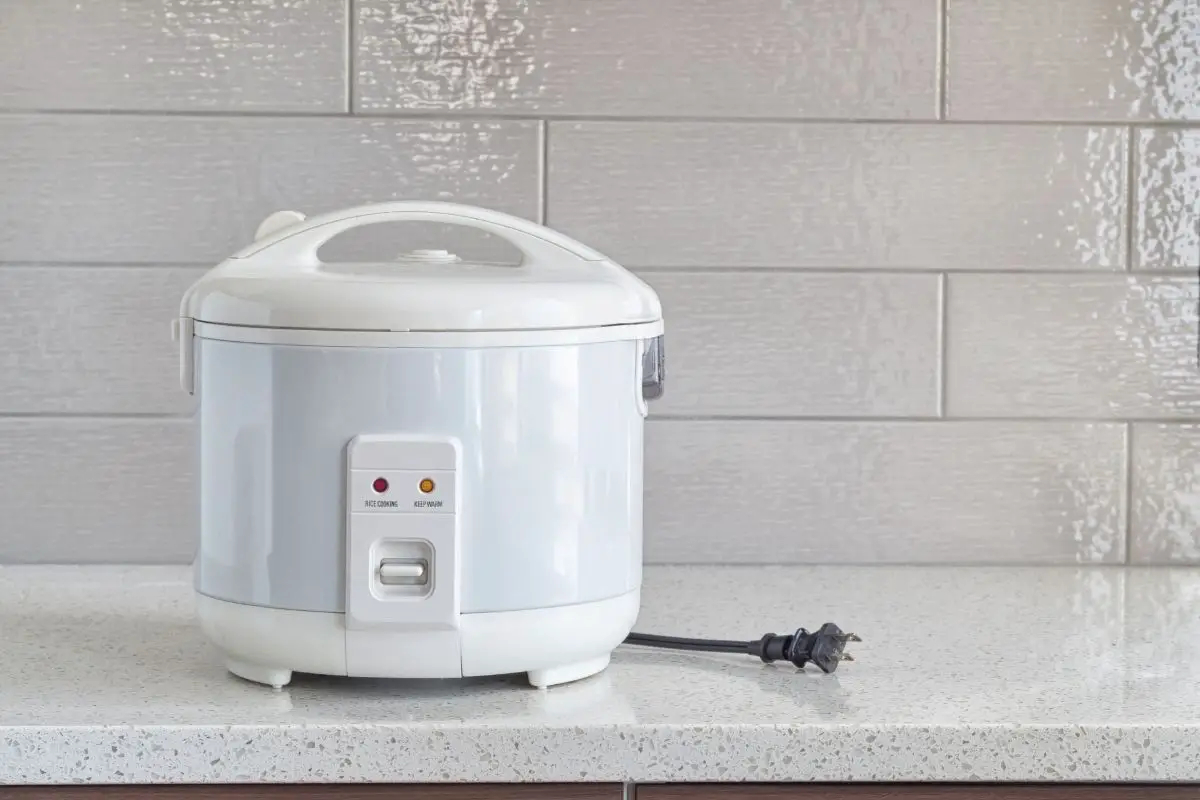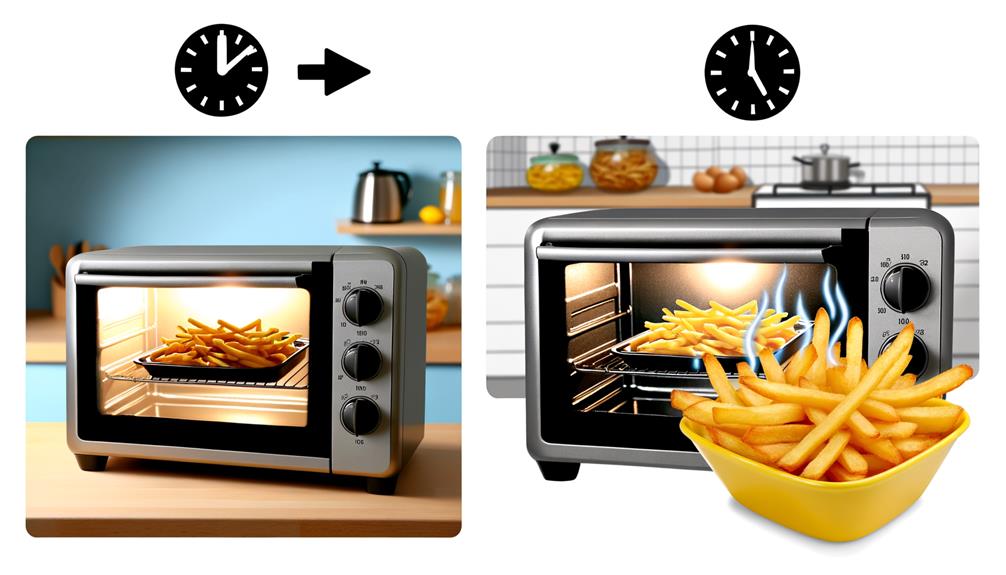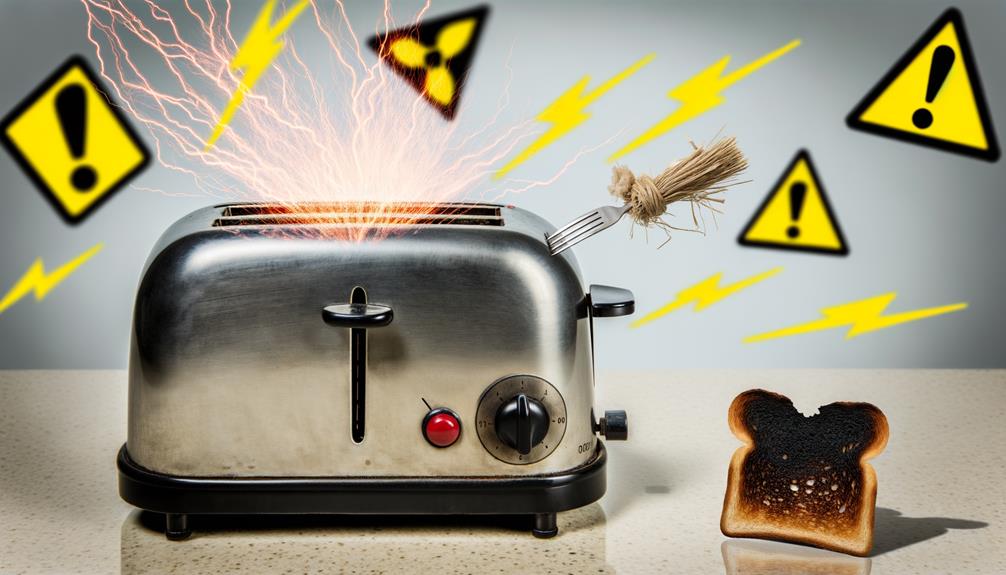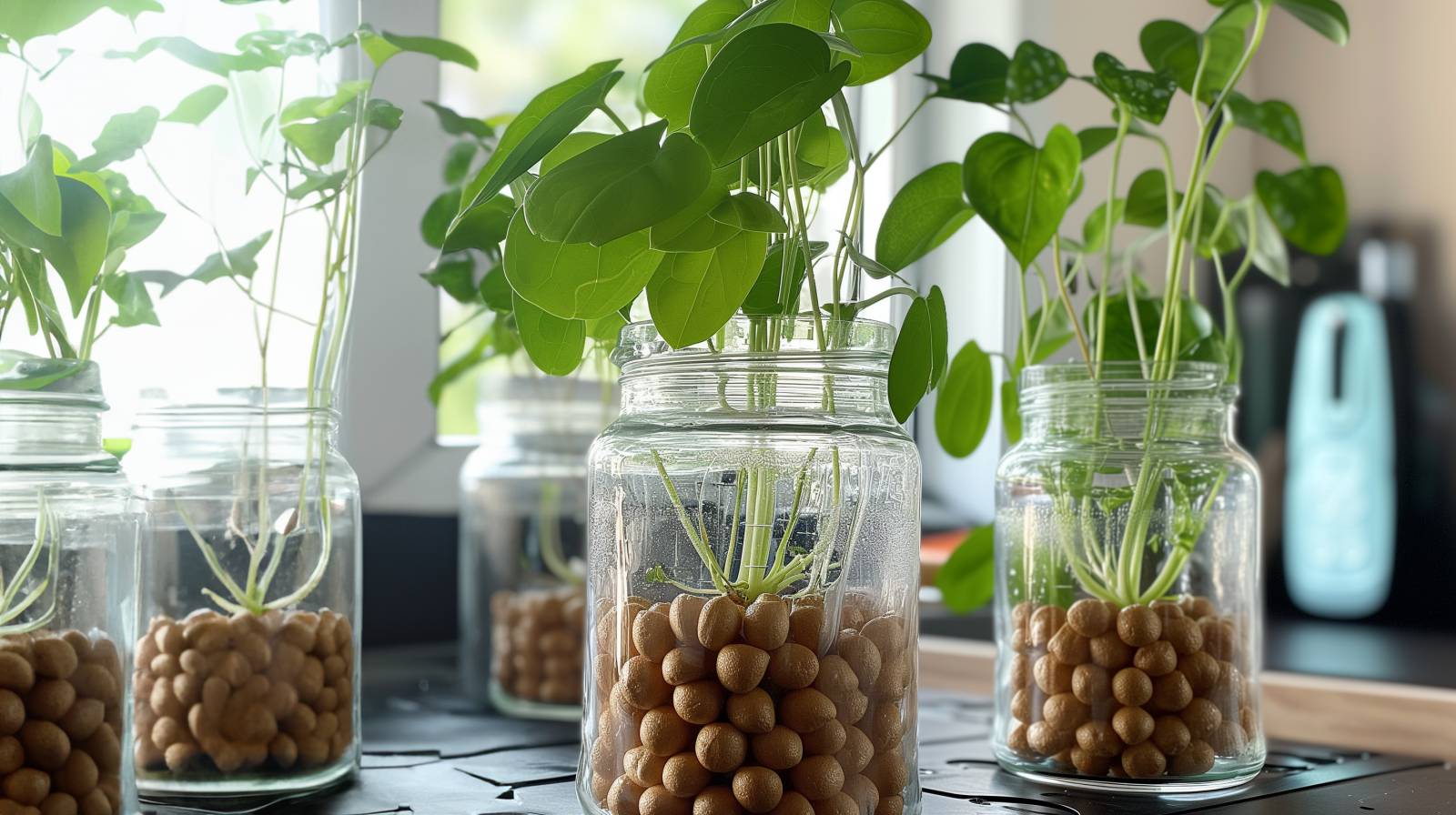Rice cookers are an incredibly handy tool for your kitchen, and they make cooking rice as simple as pushing a few buttons. While cooking rice is simple, it’s notoriously tricky to get it to cook properly.
Table of Contents
ToggleHaving a rice cooker takes all the guesswork and frustration out of cooking rice, and ensures you get perfectly cooked rice every time.
But how exactly does a rice cooker work? Unlike cooking rice in a pot, a rice cooker does all the cooking automatically with no need for human interference.

Leaving it to its own devices may be a bit concerning, but the design and function of a rice cooker means you don’t have to worry about anything other than adding rice and water.
This article will take you through what a rice cooker is and how they work, breaking down each step in the cooking process and shedding some light on how these amazing gadgets work. So let’s get right into it!
What Is A Rice Cooker?
If you’re unfamiliar with what a rice cooker is, here’s a quick overview.
A rice cooker is basically a machine that cooks rice automatically. You simply add measured amounts of rice and water in a specific proportion, push a few buttons, and leave the rice cooker to do the work for you.
Basic rice cookers may need you to manually adjust the temperature and/or cooking times depending on the type of rice you’re using.
For example, brown rice takes longer to cook than white rice, and needs more water, so you may need to alter the settings on your rice cooker beforehand to adjust.
Other rice cookers have far more features, and you can account for different types of rice simply by pushing a button that will automatically change the cooking settings.
Using a rice cooker has plenty of perks.
Not only does it make cooking rice a lot easier by taking the burden off your shoulders, but it also takes the guesswork out of cooking different types and quantities of rice.
And because rice cookers use sensors to automatically tell when your rice is done, you’ll always end up with a perfectly cooked pot of rice (just as long as you put in the correct proportions of rice and water).
You can even put other things inside your rice cooker, such as flavorings for the rice itself or additional things you want to cook at the same time as the rice, and different foods like oatmeal or omelets.
So How Do Rice Cookers Work?
Now that we’ve covered what rice cookers are and why they’re so great, let’s take a look at how they work.
Rice cookers use a variety of sensors and instruments to carefully track your rice during the cooking process. These include thermometers, sensors that check moisture, automatic temperature control, and many more.

By using these tools, the rice cooker is able to tell exactly how long the rice needs to cook, and is able to switch itself off as soon as the rice is cooked.
Before you can start cooking your rice, you first need to fill your rice cooker.
Rinse your rice off and add it to the pot of the rice cooker. Then, add the appropriate amount of water. This will depend on the type of rice you’re using, as well as the amount of rice you added to the pot.
Generally, you’ll need to have your rice and water in a 1:1 ratio. This means that for every cup of rice you add to the pot, you’ll need to add a cup of water.
Brown rice and long-grain rice will need 1.5 cups of water to every cup of rice, so make sure you’re adding the right amount. Using the right proportion is crucial to getting a good pot of rice.
If there’s too much water, your rice will end up mushy and soft. Meanwhile, if there isn’t enough water there’s a risk of the rice burning, or at the very least being too dry to eat.
With your rice and water in the pot, you can get to cooking. Switch the rice cooker on, select the settings you need, and set it off. When the cooking process starts, a heating element within the rice cooker will start to heat up.
Temperature control sensors built-in to the rice cooker will monitor the heat within the rice cooker to make sure it stays at the right temperature.
As this is happening, the rice will be soaking up a lot of the water in the pot. Any water that isn’t soaked up will turn to steam; likewise, the water absorbed by the rice will start to turn to steam as well.
When the temperature inside the rice cooker hits 212 ℉ (or boiling point), the temperature sensors will switch off the heating element and allow the steam to cook the rice.
This means that the water absorbed by the rice and the steam in the rice cooker will continuously cook the rice at a regulated temperature, getting it to the perfect stage for eating without leaving any unwanted excess water in the pot.
When the rice is finished cooking, the rice cooker will switch off to stop it from overcooking. Many rice cookers have a warming mode, where they will maintain a warm temperature after they have finished cooking the rice to stop it from getting cold and sticking together.
Before you serve the rice you’ll have to fluff it. Because, unlike in a pot, the rice won’t be moving inside the rice cooker, it will end up as a thick and dense layer of cooked rice.
To give it the desired fluffy and light texture, you should use a fork or a rice paddle to fluff up the grains, separating them and giving your rice the perfect consistency to serve.
Final Thoughts
So there you are! Now you not only know what a rice cooker is, but you also know the ins and outs of how these handy tools work!
Rice cookers are an invaluable gadget and the perfect addition to every kitchen.
If you love rice and want to take the hassle out of cooking it, getting a rice cooker is definitely the right choice. And now that you’ve read this article, there’ll be no mystery about how they work!









